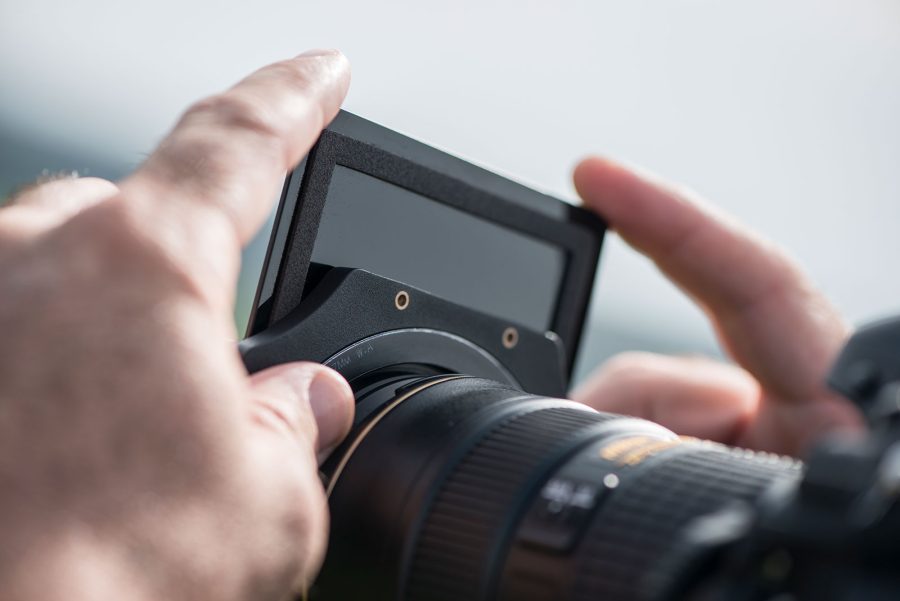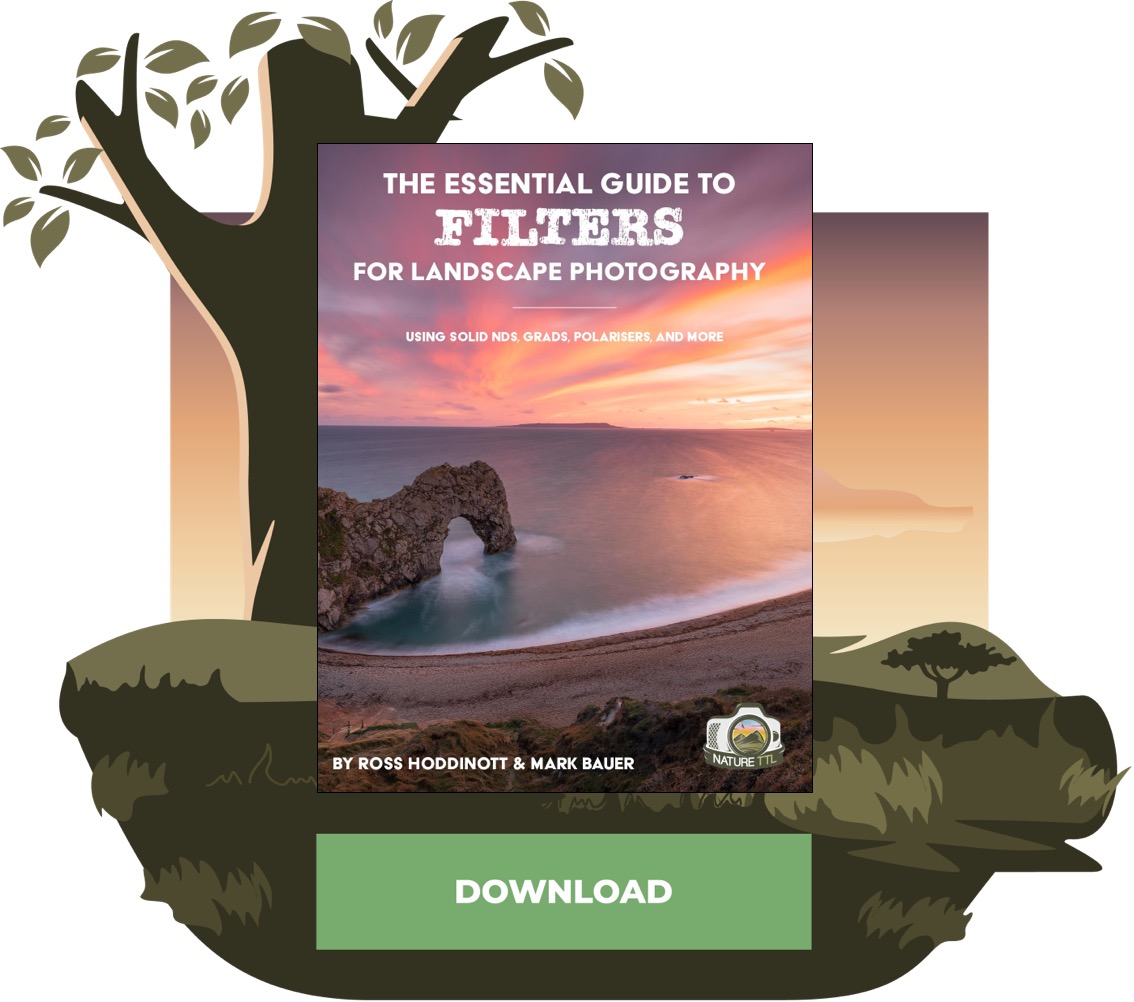What Does an ND Filter Do?

An ND filter, also known as a neutral density filter, is a popular tool for landscape photography. It is the most common filter type, and is used to reduce the amount of light reaching the camera’s sensor.
An ND filter is to a camera what sunglasses are to our eyes. If conditions are too bright for your photograph, you can use an ND filter to help balance the exposure.


But they aren’t just used on bright, sunny days. You can also use ND filters for more advanced photographic techniques, such as long exposure photography. By blocking out more light, you are able to slow down the shutter speed of your camera whilst retaining the correct overall exposure. This is how images are created of water looking “milky” and smooth.
How ND filters are measured
The amount of light blocked by a neutral density filter can be measured and indicated in a number of different ways. You can describe this in stops of light, an ND number, filter factor, or optical density.
The chart below allows you to convert these numbers easily, so you can work out exactly how many stops your exposure is reduced by when using the ND filter:
Different types of ND filters
There are three main types of ND filters: solid ND filters, graduated ND filters, and variable ND filters.
Solid ND filters are the same density throughout the entire filter, and will adjust the exposure of your entire image by the same amount. These are commonly used in long exposure photography.
Graduated ND filters have a gradient applied, with typically the top of the filter darker than the lower part. They are popular when shooting landscapes that contain a bright area of sky which needs darkening more than the landscape itself.
Variable ND filters are adjustable, and can be turned to decrease the amount of light that is reaching the camera’s sensor. They often come with problems however (particularly if a cheap option is used), including creating a dark ‘X’ shape across the image when used at extremes.
Should I use an ND filter?
An ND filter is a must-have piece of equipment for any keen landscape photography. Filters open up a wide array of creative possibilities for landscape photography, and allow you to be far more flexible in the type of image you create.
If you’re new to filtration and are confused about what to do, then I recommend downloading our eBook The Essential Guide to Filters for Landscape Photography for further tips and in-depth instruction.






